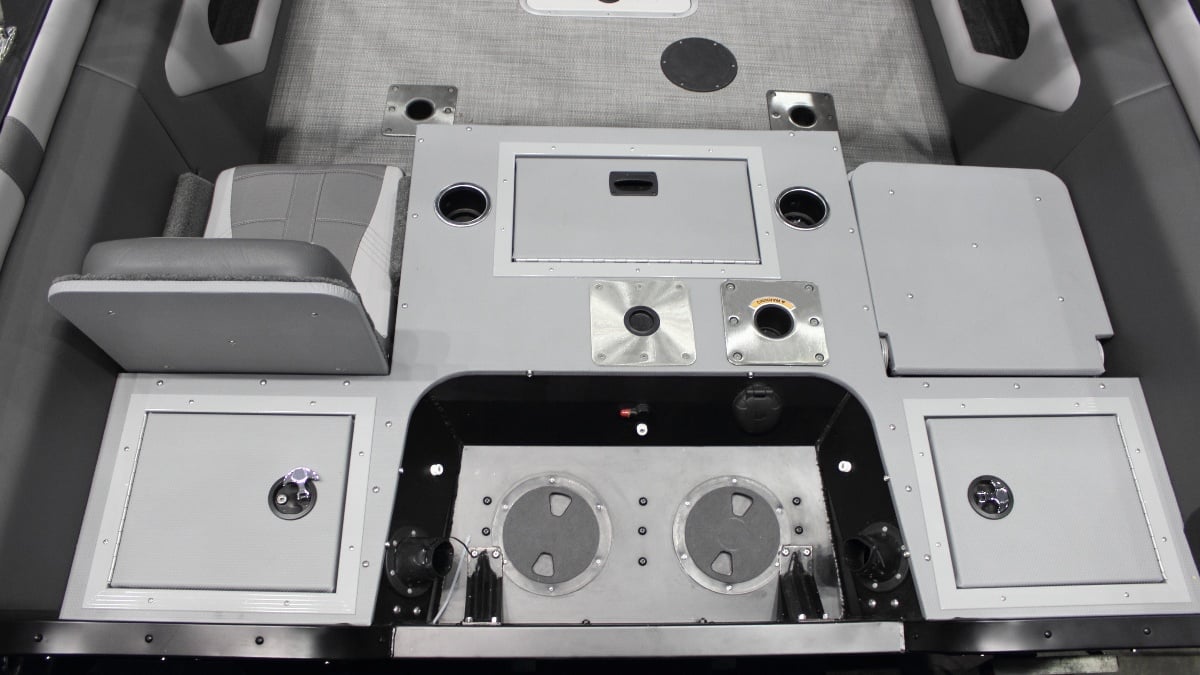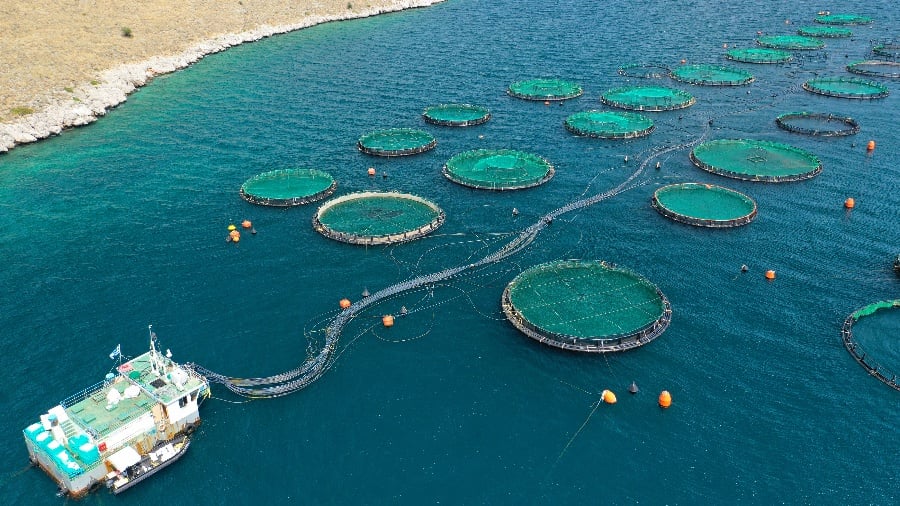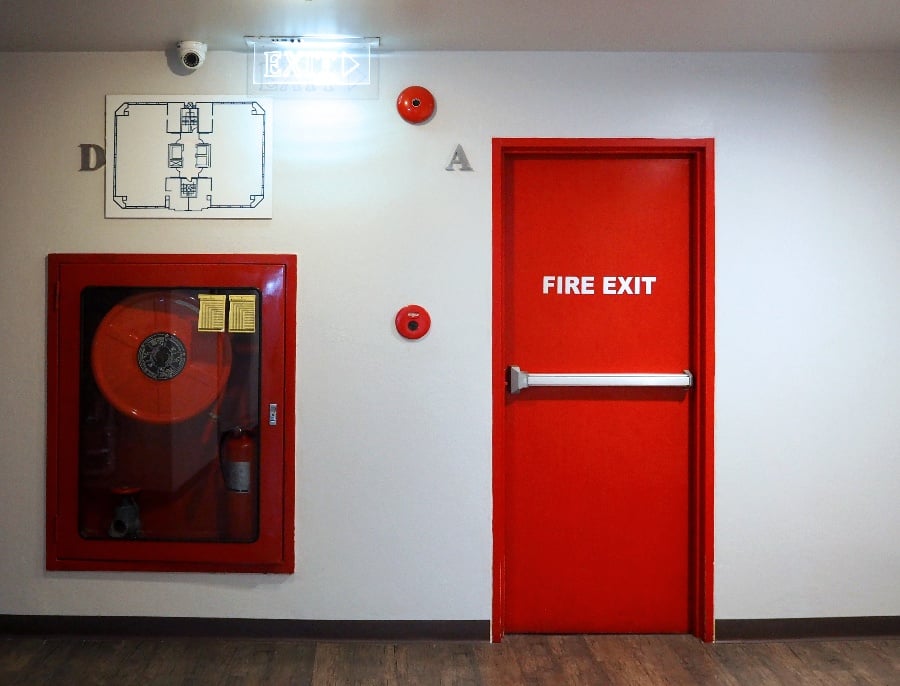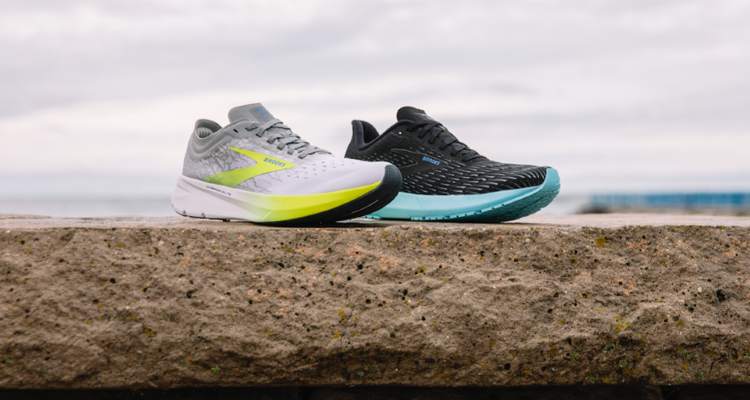
Hatch covers are movable plates that are used to cover a ship's cargo hold openings. Their purpose is to protect the cargo from being damaged by weather and sea conditions while allowing access to the cargo hold for loading and unloading. Properly designed hatch covers are essential for safe cargo transport.
It is critical that hatch covers are designed and constructed appropriately out of suitable materials. Hatch covers need to be strong enough to withstand the forces of waves and other dynamic loads without failing. At the same time, they need to form a tight seal around the hatch opening to prevent water ingress into the cargo hold. The materials used must be durable enough to withstand repeated opening and closing operations.
This article will discuss proper hatch cover design and material selection and why they are essential for the safety of the vessel and its cargo.
Types of Hatch Covers
There are several different types of hatch covers used on various vessels:
Pontoon Hatch Covers
Pontoon hatch covers are comprised of multiple rectangular cover panels that rest on the flanges around the hatch opening. They lift vertically by means of hydraulic cylinders and chains/cables. Pontoon covers provide large, unobstructed openings for cargo loading.
Folding Hatch Covers
Folding hatch covers are made up of individual cover leaves connected by hinges. They fold concertina-style to open up the hatch opening. Folding covers can be operated either mechanically or hydraulically. Their folding capability allows adjustment of opening size.
Rolling Hatch Covers
Rolling hatch covers utilize transverse cover plates that roll to either side of the opening on wheels/rollers. This style is also referred to as side-rolling hatch covers. They provide a completely unobstructed hatch opening space when fully retracted.
Lift-Away Hatch Covers
As the name suggests, lift-away hatch covers can be lifted vertically to remove the panels away from the opening using spreaders and chains/cables. Multiple panels are handled together in one lift.
Sliding Hatch Covers
Sliding hatch covers feature longitudinal cover plates that slide fore and aft on rails to clear the hatch opening. They are typically operated using hydraulic systems. Sliding covers allow flexibility in opening size.
Design Considerations
There are several important factors that need to be considered when designing hatch covers:
Load-bearing Capacity
Hatch covers must be designed to withstand various static and dynamic loads without exceeding allowable stresses. These include the vessel's deadweight, wave loads, hydrostatic pressure, crane/vehicle loads, and impact forces during heavy weather. Classification rules provide minimum strength requirements.
Watertightness and Weathertightness
Covers must form a watertight seal around the hatch perimeter using gaskets and clamping mechanisms. The seal must prevent ingress of water even in rough seas to keep cargo dry. Weather tightness is also required to avoid splashing water and spraying.
Thermal Insulation
Insulation may be necessary depending on the cargo to maintain proper storage temperatures. Polyurethane foam or mineral wool are common insulators integrated within the cover panels.
Corrosion Resistance
Hatch covers are constantly exposed to moisture, salt spray, and cargo vapors. To maximize service life, suitable corrosion-resistant alloys, coatings, and seals are required. Common materials include high-strength steel, aluminum alloys, and fiber-reinforced plastics.
Ease of Operation and Maintenance
Covers must be designed for smooth opening/closing using quick-acting securing devices and built-in hydraulic/electrical systems. Accessibility for routine inspection and maintenance must also be considered.
Compatibility with Cargo and Vessel
The covers must suit the cargo being carried and the hatch dimensions on the vessel. Specialized cover types may be required for certain cargos. Integration with cell guides and other vessel fittings is also necessary.
Material Properties and Selection
The materials used for hatch covers must exhibit an optimal combination of mechanical strength, corrosion resistance, weight, and insulation properties:
Strength and Durability
Hatch cover materials need high yield strength to withstand loading stresses and fatigue strength to resist cyclic loading without cracking. Impact resistance is also important to resist damage.
Corrosion Resistance
Since hatch covers are exposed to saltwater, condensation, and cargo vapors, materials with inherent corrosion resistance are preferred. Common options include aluminum alloys and advanced polymer composites, which both develop protective oxide layers. Weathering steel forms adherent rust layers. Coatings and cathodic protection can also enhance steel corrosion resistance.
Weight
As hatch covers need to be routinely opened/closed, excessive weight is undesirable, as it requires heavier lifting gear. Aluminum alloys and polymer composites are lighter than steel. Cellular construction also saves weight. Cover weight impacts operating power needs.
Thermal Insulation
Materials with low thermal conductivity help control cargo temperatures. Polymer foams like rigid polyurethane are incorporated as core materials in sandwich constructions with skins. Mineral wool also provides effective insulation. Vapor barriers may also be necessary in some composite designs.
Proper hatch cover material selection considers all the above aspects for optimal performance and durability under harsh marine environments.
Potential of Fiberglass Reinforced Plastic (FRP) Hatch Covers
Fiberglass-reinforced plastic (FRP) composites have emerged as an excellent hatch cover material due to substantial advantages over traditional metals:
Strength and Stiffness
Properly formulated FRP matches or exceeds the yield strength of steel while maintaining lower density. The high stiffness of the composite construction also resists deformation under load. The strength can be tuned by adjusting the fiber reinforcements and polymers.
Corrosion Resistance
FRP hatch covers made with polyester or vinyl ester resins and E-glass or carbon fibers are highly resistant to saltwater, harsh weather exposure, and a broad range of chemicals. FRP maintains its surface integrity and strength when exposed to marine environments, unlike metals.
Lightweight
The low density of fiberglass materials enables the fabrication of lighter hatch covers compared to steel. This allows easier opening via hydraulic systems and requires less support structure. The lightweight nature also lowers handling equipment capacity needs.
Design Flexibility
FRP can be molded into complex custom shapes for hatch covers. Sandwich constructions with polymer foam cores enable high stiffness and strength along with thermal insulation. Covers can be made in single pieces or with bonded joints.
Low Maintenance
Properly fabricated FRP hatch covers do not require heavy corrosion protection measures like metal covers. The composite construction resists cracking or deterioration over decades of marine service. Periodic gelcoat refinishing may be necessary for UV protection.
The above advantages make advanced composite FRP hatch covers attractive for modern vessels looking to improve performance and economy while meeting marine standards. The material has proven effective on several cover designs already. Further optimization can expand FRP adoption.














